The maritime industry is one of the most challenging work environments, with seafarers constantly exposed to various occupational hazards. Working onboard ships involves demanding tasks in dynamic, often unpredictable, conditions. This reality increases the risk of injuries, from minor cuts and bruises to severe, life-altering accidents. Understanding the most common injuries onboard ships, their causes, and strategies for prevention is crucial to fostering a culture of safety in the maritime industry.
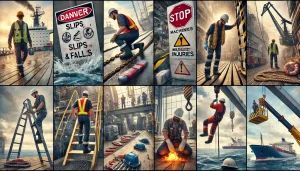
Common Injuries Onboard Ships
1. Slips, Trips, and Falls
Slips, trips, and falls account for a significant portion of injuries on ships. These incidents often occur due to wet or oily decks, uneven surfaces, and cluttered workspaces. For example, a crew member slipping on a wet deck can suffer fractures or sprains. Prevention:
- Keep decks dry and free of oil and grease.
- Implement regular cleaning and maintenance routines.
- Ensure adequate lighting in work areas.
- Use anti-slip mats and wear appropriate footwear.
2. Machinery-Related Injuries
Machinery onboard ships includes engines, winches, and cranes, posing a constant threat if improperly used or maintained. Common injuries include hand and finger crush injuries, burns, and entanglements. Prevention:
- Conduct regular maintenance checks.
- Train crew members on machinery operation.
- Use personal protective equipment (PPE) like gloves and helmets.
- Install emergency stop mechanisms on all machinery.
3. Burns and Scalds
Burns are common due to exposure to hot surfaces, steam, or chemicals. Engine rooms, galleys, and maintenance areas pose a high risk for thermal and chemical burns. Prevention:
- Wear protective clothing such as gloves and heat-resistant gear.
- Display warning signs near hazardous areas.
- Conduct safety drills on burn response and treatment.
4. Musculoskeletal Injuries
Heavy lifting, awkward postures, and repetitive tasks can cause musculoskeletal injuries, including back pain, strained muscles, and joint problems. Prevention:
- Use mechanical lifting aids like hoists and cranes.
- Provide ergonomic training and stretching routines.
- Schedule regular breaks during physically demanding tasks.
5. Cuts, Bruises, and Lacerations
Sharp tools, cables, and machinery edges can cause cuts and lacerations. Injuries range from minor abrasions to deep wounds requiring medical attention. Prevention:
- Ensure tools are well-maintained and properly stored.
- Use appropriate PPE like cut-resistant gloves.
- Conduct safety briefings on tool handling.
6. Falls from Heights
Tasks involving heights, such as working on masts or cargo holds, pose serious risks. Falling from heights can result in severe injuries, including broken bones and head trauma. Prevention:
- Use fall arrest systems like harnesses and safety nets.
- Provide height-specific safety training.
- Conduct pre-task risk assessments.
7. Electrical Shocks
Electrical accidents can occur during maintenance work or due to faulty wiring. Common injuries include electric shocks and burns. Prevention:
- Conduct routine inspections of electrical systems.
- Ensure proper grounding of all equipment.
- Use insulated tools and protective clothing.
Response and Treatment Procedures
When an injury occurs onboard, a prompt and effective response can make a critical difference. The following steps ensure that injuries are managed appropriately:
- Immediate First Aid: Administer basic first aid as per onboard medical guidelines.
- Medical Reporting: Record the incident in the ship’s medical log and inform the captain or officer on duty.
- Medical Evacuation: If the injury is severe, arrange an emergency evacuation to the nearest medical facility.
- Follow-Up Care: Ensure proper follow-up treatment and rehabilitation.
–
Fostering a Culture of Safety
Building a safety-first culture requires commitment from all stakeholders, including shipowners, captains, and crew members. Here are key strategies to strengthen safety onboard:
Training and Drills: Regular safety training and emergency drills prepare the crew for real-life scenarios. This includes fire-fighting exercises, first aid training, and machinery safety workshops.
Safety Management Systems (SMS): International regulations like the International Safety Management (ISM) Code mandate that ships adopt a comprehensive SMS to manage operational risks and emergencies.
Regular Inspections: Routine inspections of equipment, safety gear, and workspaces help identify and mitigate potential hazards.
Reporting and Feedback Mechanisms: Encourage crew members to report unsafe conditions without fear of reprisal. Establish a transparent system for reviewing and acting on safety concerns.
Compliance with Maritime Safety Regulations: Compliance with international maritime conventions like the Maritime Labour Convention (MLC) and the International Convention for the Safety of Life at Sea (SOLAS) ensures adherence to global safety standards.
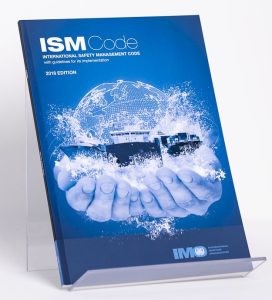 ——>
——> 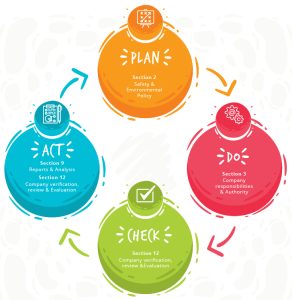
Case Studies: Lessons from Real Incidents
Case Study 1: Machinery Accident on a Cargo Ship In 2019, a crew member aboard a cargo vessel sustained severe injuries while repairing an engine component. The investigation revealed a lack of proper lockout-tagout procedures. Following the incident, the shipping company implemented mandatory safety training and installed improved emergency stop systems.
Case Study 2: Fall from Height Incident A deck officer fell from a ship’s mast while conducting maintenance work. The investigation highlighted the absence of fall protection equipment. As a corrective measure, the company introduced strict fall prevention protocols, including full-body harness use and regular safety audits.
Ensuring the safety of seafarers is a shared responsibility requiring continuous effort from all maritime industry stakeholders. By understanding common injuries, their causes, and preventive measures, shipping companies can reduce workplace incidents and create a safer environment for seafarers. A strong safety culture backed by international regulations and industry best practices can safeguard lives and promote operational efficiency onboard ships.

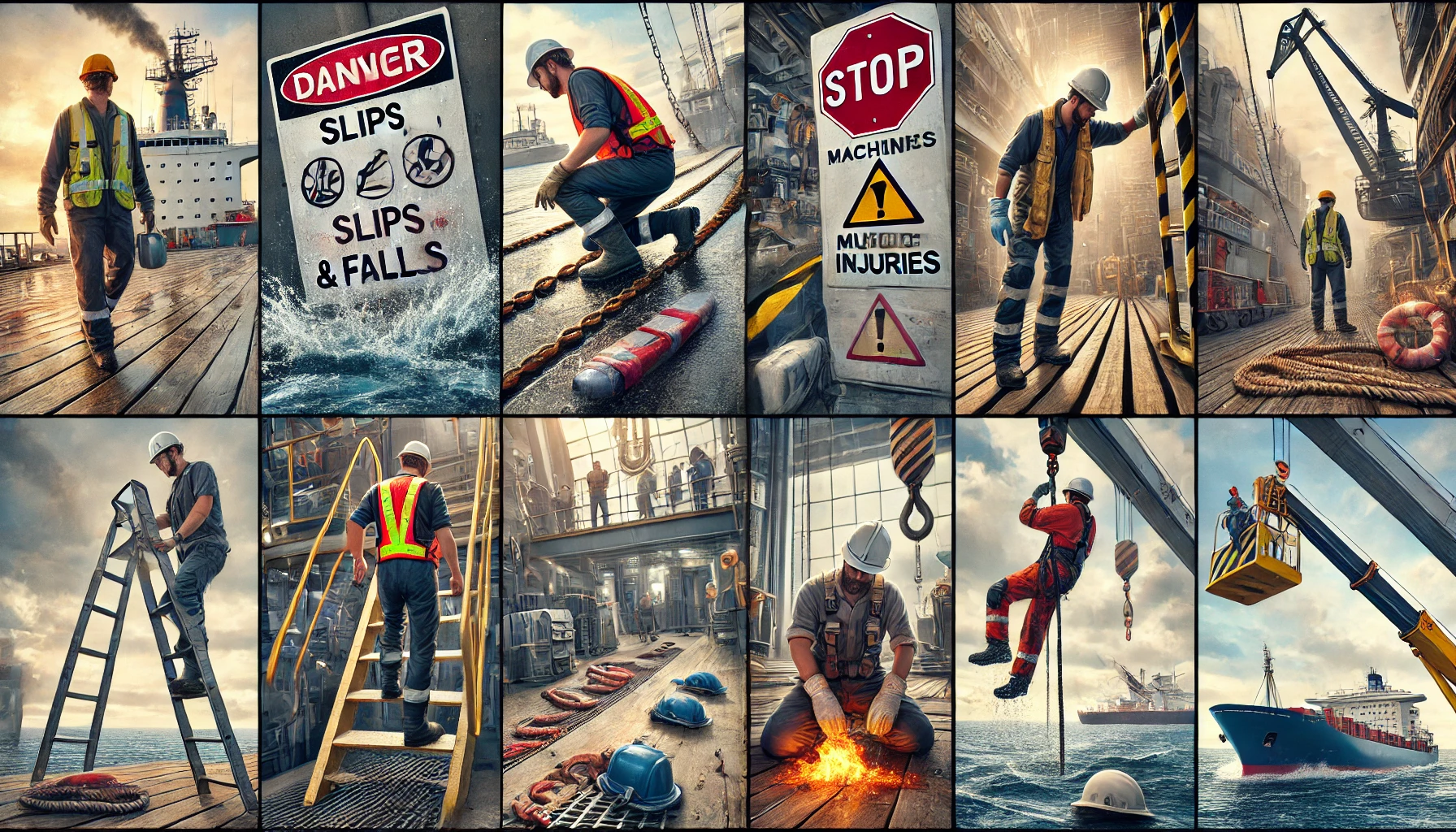
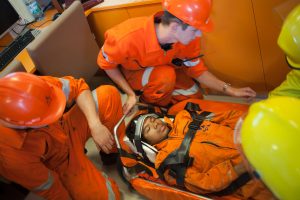
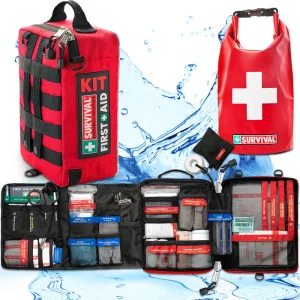
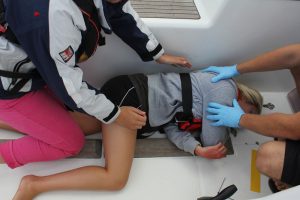
Thank`s `alot.
Good day I am so grateful I found your webpage, I really found you by error,
while I was browsing on Aol for something else, Nonetheless I am here now and would just like to say thank you for a remarkable post and a all round
exciting blog (I also love the theme/design), I don’t have time to browse it all at the minute but I have saved it and
also added in your RSS feeds, so when I have time I will be back to read a lot more,
Please do keep up the great b.